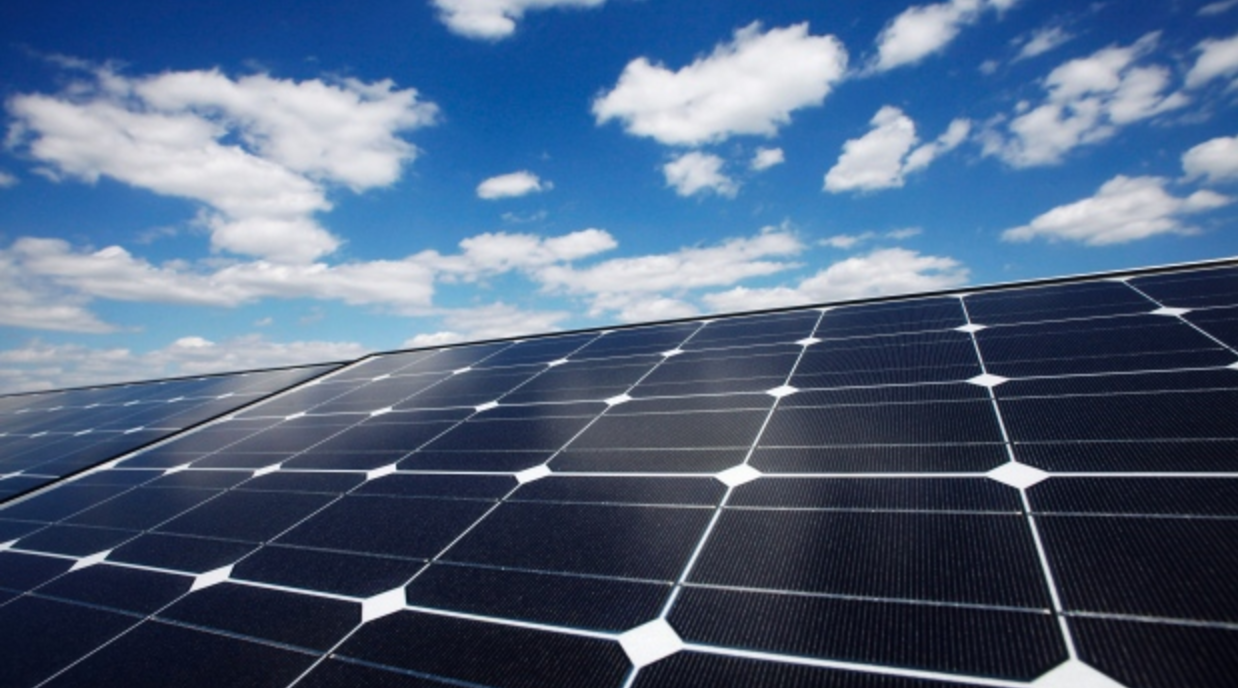
Image source: National Observer
Global carbon dioxide emissions have significant contributions from the electricity and heat generation sector. In 2011, this sector accounted for over 40 per cent of global emissions. Shifting power generation from fossil fuels to renewable energy can have a powerful role in reducing emissions. The IEA forecast for the share of renewable energy in global power generation has grown over the last decade. But limitations to profitable clean energy projects exist due to high upfront costs and a lack of accessible financing.
CoPower is a clean energy finance and crowd investment company that matches clean energy firms with investors by selling retail green bonds. Jonathan Frank, director of clean energy projects at CoPower, spoke about creative financing solutions to support the growth of Canada’s clean energy industries at the SOCAAR Seminar on July 5th.
The growing proportion of power generation by renewable energy is mostly due to the cost reduction of clean technologies, like solar panels. The cost of solar panels dropped from $100 per watt in 1975 to $0.61 per watt in 2016. Another driver for clean energy is the emerging trend towards a network of distributed power where power flows two ways between the grid and consumer.
Despite key energy trends, clean energy projects are typically stalled by big upfront infrastructure costs. This is where CoPower steps in to match clean energy firms with investors, allowing firms to have access to project financing to build clean energy infrastructure while investors have access to products that offer financial returns and carbon dioxide emission reductions. CoPower’s project financing structure centres around the borrower who is the special project company. Other partners involved include the sponsor who is the project developer, the service provider who is the engineering firm building the project, and the counterparty who pays the borrower for the services received. CoPower’s role is the lender of the project and owns the project assets.
Utilizing this financing structure, CoPower has established over 11 million dollars in financing for clean energy projects, including: Harbourfront Center Energy Efficient Project, Winsor Rooftop Solar Panel project, and LED Retrofits Municipality of Peel. CoPower’s investment criteria include financing proven technology with service providers who have a strong track record in their delivery.
CoPower’s financial structure operates with a triple bottom line in which there’s real and measurable carbon dioxide emission reductions; it contributes to the acceleration of technology deployment and building new energy markets; it democratizes the sector and creates a broader investor base. In has talk, Frank described how their financing model was applied to a energy-as-service project for geothermal energy in Quebec as well as a lighting-as-service project for LED lighting markets in condominiums across Ontario, Alberta, BC.
Frank believes the next projects for innovative financing will involve energy storage projects, micro-grids for far north communities who rely on diesel energy, net zero or energy positive buildings that integrate technologies like solar, LED, and geo-exchange in bundled technologies.
